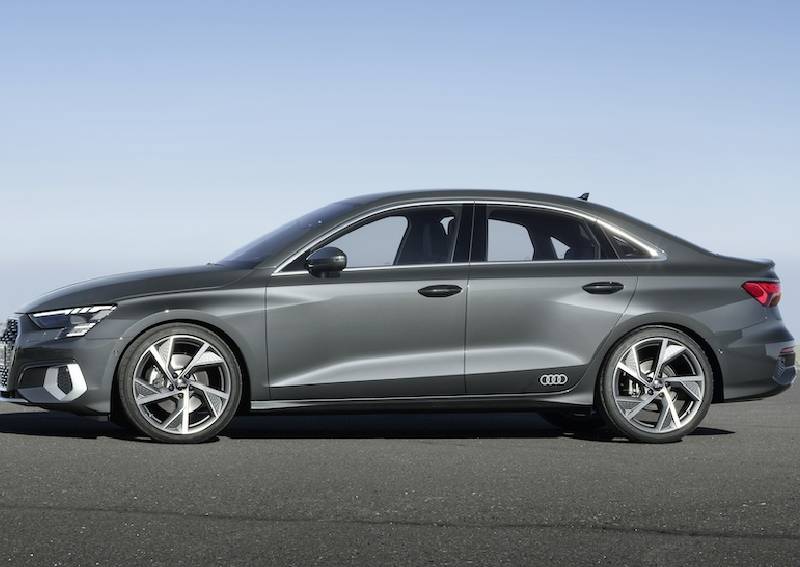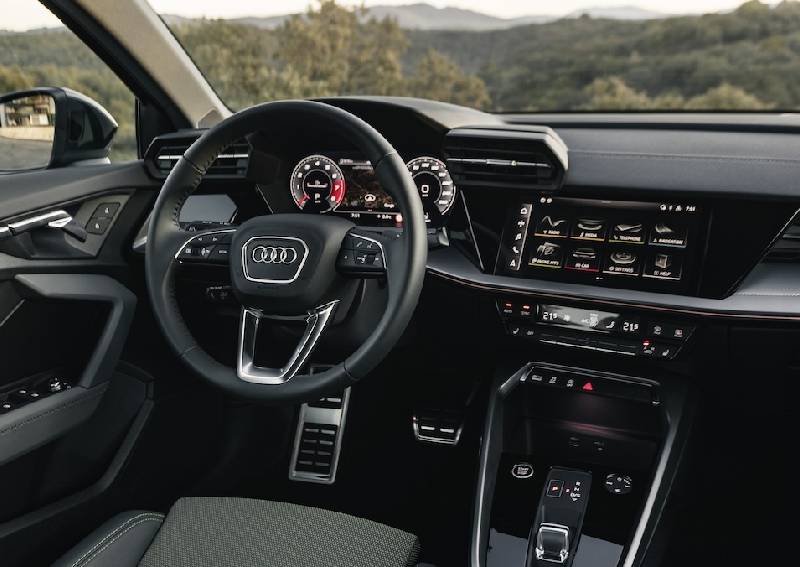Audi’s new A3 1.0 is Cat A-eligible and $21k cheaper


If there’s one thing Singaporeans love more than a car that has a Category A Certificate of Entitlement (COE), it’s a small luxury car with a Cat A COE. Audi has returned to this with the newest version of its A3, which is now has a 110hp 1.0-litre engine and is available in both four-door Sedan and five-door Sportback (hatchback) models.
| Audi A3 Sedan | Audi A3 Sportback | |
| 1.0-litre Cat A | $188,148 | $186,369 |
| 1.5-litre Cat B | $209,513 | $207,635 |
| Price difference | $21,365 | $21,266 |
With a price of S$188,148 for the A3 1.0 Sedan and $186,369 for the A3 1.0 Sportback (inclusive of COE and VES), the 1.0 represents a cost saving of around $21,000 over the next cheapest A3, the 1.5-litre mild hybrid.
The A3 1.0’s 999cc 110hp engine means it meets Cat A requirements. Category A COE rules dictate that a petrol car must have an engine of less than 1.6-litres in displacement and make less than 130hp.
With COE Cat A currently at $73,801, in contrast to $100,684 for Category B (cars with engines that make more than 130hp or have a displacement larger than 1.6-litres) you can immediately see why the new model is significantly cheaper than the A3’s previous entry-level version, the A3 1.5 mild hybrid, which has 150hp and is a COE Cat B car. Read on to the end of the story to find out why the A3 1.0 could have been even less expensive, but isn’t.

Here’s our walkthrough of the Audi A3 1.5 from last year – the new A3 1.0 has largely the same equipment spec so it’ll be much the same
The key difference is the 1.0-litre engine, which we have seen previously in the A1 Sportback. A 999cc inline three-cylinder turbo engine, it makes 110hp compared to the 150hp of the 1.5-litre inline four-cylinder unit of the A3 1.5.
Both the 1.0 and 1.5 have mild hybrid systems – an electric motor delivers a mild boost and energy is recuperated and stored in a small battery under the driver’s seat. But on paper, the 1.0 is more efficient than the 1.5, with the A3 1.0 Sedan nabbing 4.3L/100km, and the A3 1.0 Sportback doing 4.4L/100km, compared to 4.7L/100km for the A3 1.5 (both models).
Both A3 1.0 models have 110hp and 200Nm of torque, and do 0-100km/h in a relaxed 10.6 seconds, with a maximum speed of approximately 210km/h.

With the price savings made up almost entirely by paying The Man less dough, the A3 1.0 otherwise looks almost the same as the 1.5 and has a very similar equipment level. Inside features a 12.3-inch active driver’s display (aka Audi Virtual Cockpit) and Audi’s latest MMI infotainment system, with a 10.1-inch touchscreen colour panel. It has 'always on' connectivity via 4G, Google search, Apple CarPlay, Android Auto, handwriting recognition, and voice input.
Lastly, the A3 1.0 has a simpler rear suspension setup – a torsion beam, compared to the 1.5’s multi-link setup. Whether or not this will translate to a big difference in comfort remains to be seen – we’ll test the A3 1.0 soon and post a review, so check back to find out more.
We’ve covered the Audi A3 extensively – read our review of the A3 1.5 Sedan and the A3 1.5 Sportback, and watch our walkthrough video above for all you need to know about the car in Singapore.
We’ve also driven the fire-breathing RS 3 models, again in Sedan and Sportback form, and driven them on track in our video above!
The price of the A3 1.0 could have been even lower, however it qualifies for a Vehicular Emissions Scheme (VES, basically pollution penalty/rebate) band of B, which is neutral. That’s worse than the 1.5, despite the 1.0 having a smaller engine and the same mild hybrid system.
In contrast, the A3 1.5 is less polluting and nabs a VES band of A2, worth a $15k rebate. Why? Our guess is that the 1.0-litre engine might emit a bit more of a certain pollutant type. VES scores cars on carbon dioxide (CO2), hydrocarbons (HC), carbon monoxide (CO), nitrogen oxides (NOx) and particulate matter (PM), and a car only needs to hit the zone for one to fall into the next band.
ALSO READ: Car review: Audi A3 Sedan impresses with premium-feeling cabin with excellent functionality